Maintaining a healthy pH balance in the body is essential for overall well-being, and the alkaline diet has gained popularity for its potential benefits, including improved energy levels, reduced inflammation, and better digestion. This diet emphasizes consuming alkaline-forming foods that help balance the body’s pH by reducing acidity.
In this article, we will explore the importance of an alkaline diet, provide an extensive list of alkaline foods, and discuss the benefits of including these foods in your daily meals.
Understanding the Alkaline Diet
The alkaline diet is based on the idea that foods can influence the body’s pH level. The pH scale ranges from 0 to 14:
- Acidic: 0–6.9 (e.g., processed foods, dairy, and meat)
- Neutral: 7.0 (e.g., water)
- Alkaline: 7.1–14 (e.g., fruits, vegetables, nuts)
While the body tightly regulates blood pH (between 7.35 and 7.45), dietary choices can impact overall health, particularly by reducing inflammation and improving kidney function.
Complete Alkaline Food List
Below is a categorized list of highly alkaline foods that can help maintain a balanced pH.
1. Fruits (Highly Alkaline)
Fruits are naturally rich in vitamins, minerals, and antioxidants while being alkaline-forming in the body.
- Citrus Fruits (Despite being acidic in nature, they become alkaline in the body)
- Lemons
- Limes
- Oranges
- Grapefruits
- Berries (Rich in antioxidants and fiber)
- Strawberries
- Blueberries
- Raspberries
- Blackberries
- Tropical Fruits (Full of electrolytes and hydration benefits)
- Bananas
- Pineapples
- Mangoes
- Papayas
- Other Alkaline Fruits
- Apples
- Pears
- Watermelon
- Avocados
- Cantaloupe
- Cherries
- Peaches
- Kiwi
- Grapes
- Figs
- Dates
2. Vegetables (Highly Alkaline)
Vegetables are some of the most alkaline foods available. They provide essential vitamins, minerals, and fiber.
- Leafy Greens (Rich in chlorophyll, which is highly alkaline)
- Spinach
- Kale
- Swiss chard
- Arugula
- Romaine lettuce
- Cruciferous Vegetables (Powerful detoxifiers)
- Broccoli
- Cauliflower
- Cabbage
- Brussels sprouts
- Root Vegetables (Alkalizing and rich in fiber)
- Carrots
- Beets
- Sweet potatoes
- Radishes
- Other Alkaline Vegetables
- Cucumbers
- Celery
- Zucchini
- Bell peppers
- Asparagus
- Onions
- Garlic
- Eggplant
- Green beans
3. Nuts and Seeds (Moderately Alkaline)
Nuts and seeds provide healthy fats, protein, and fiber. Some are more alkaline than others.
- Highly Alkaline Nuts and Seeds
- Almonds
- Flaxseeds
- Chia seeds
- Pumpkin seeds
- Sesame seeds
- Neutral or Slightly Acidic Nuts (But Still Beneficial)
- Walnuts
- Cashews
- Pecans
4. Legumes (Moderately Alkaline)
Legumes are an excellent source of protein and fiber. While some legumes are mildly acidic, they are generally healthy and should be included in an alkaline-based diet.
- Lentils
- Chickpeas
- Black beans
- White beans
- Green peas
5. Whole Grains (Mildly Alkaline)
While many grains are considered acidic, a few whole grains have an alkaline effect on the body.
- Quinoa
- Millet
- Amaranth
- Buckwheat
- Wild rice
Whole grains should be consumed in moderation and paired with plenty of vegetables to balance their pH effects.
6. Herbs and Spices (Highly Alkaline)
Herbs and spices add flavor and offer numerous health benefits.
- Turmeric
- Ginger
- Basil
- Cilantro
- Parsley
- Oregano
- Thyme
- Cumin
- Cayenne pepper
- Cinnamon
7. Alkaline Beverages
Staying hydrated with alkaline drinks can further support a pH-balanced diet.
- Lemon water
- Herbal teas (e.g., chamomile, peppermint, ginger tea)
- Coconut water
- Green juices (made from alkaline vegetables)
- Almond milk (unsweetened)
Avoid sugary drinks, soda, and coffee, which are highly acidic.
Health Benefits of an Alkaline Diet
Adopting an alkaline diet can provide numerous health benefits, including:
1. Improved Digestion
Alkaline foods, particularly vegetables and fruits, contain fiber that supports gut health and prevents bloating, acid reflux, and constipation.
2. Reduced Inflammation
A diet high in processed foods, sugar, and red meat can contribute to inflammation. Alkaline foods help reduce inflammation, which is linked to chronic diseases like arthritis and heart disease.
3. Enhanced Energy Levels
Highly alkaline foods are nutrient-dense and improve energy levels by reducing the body’s need to counteract acidity.
4. Better Bone Health
Acidic foods may contribute to calcium loss from bones. An alkaline diet supports bone density by preserving essential minerals.
5. Detoxification
Alkaline foods help flush toxins from the body, promoting kidney and liver health.
6. Strengthened Immune System
Alkaline foods, particularly fruits and vegetables, are high in antioxidants, vitamins, and minerals, which strengthen the immune system.
Tips for Transitioning to an Alkaline Diet
Switching to an alkaline diet doesn’t have to be overwhelming. Here are some practical tips:
1. Start Small
- Incorporate more leafy greens into your meals.
- Drink lemon water in the morning.
- Replace one acidic food with an alkaline alternative.
2. Limit Acidic Foods
Try to minimize:
- Processed foods
- Refined sugars
- Dairy products
- Caffeine
- Alcohol
- Red meat
3. Increase Plant-Based Meals
Focus on plant-based meals with plenty of vegetables, nuts, seeds, and legumes.
4. Stay Hydrated
Drink plenty of water, herbal teas, and fresh juices to maintain hydration and pH balance.
5. Meal Prep with Alkaline Foods
Planning meals in advance can help maintain a balanced diet.
6. Experiment with New Recipes
Try new recipes that feature alkaline ingredients to keep meals exciting.
Final Thoughts
An alkaline diet emphasizes whole, nutrient-rich foods that promote overall health and well-being. While balance is key, including more alkaline foods in your diet can lead to numerous benefits such as improved digestion, increased energy, and reduced inflammation.
By making gradual changes and incorporating more alkaline-forming foods into your meals, you can support your body’s natural ability to maintain a balanced pH and achieve optimal health.
Alkaline Diet Meal Plan and Recipes
To help you incorporate more alkaline foods into your daily routine, here’s a sample meal plan along with some delicious and easy-to-make alkaline recipes.
7-Day Alkaline Diet Meal Plan
This meal plan is designed to provide a balance of nutrients while ensuring your body remains in an alkaline state.
Day 1
- Breakfast: Lemon water + Green smoothie (spinach, avocado, banana, almond milk)
- Lunch: Quinoa and vegetable stir-fry with chickpeas
- Dinner: Grilled zucchini and asparagus with a side of lentils
- Snack: Handful of almonds and figs
Day 2
- Breakfast: Oatmeal with chia seeds, berries, and almond milk
- Lunch: Cucumber and avocado salad with sesame dressing
- Dinner: Steamed broccoli and tofu stir-fry with brown rice
- Snack: Sliced apples with almond butter
Day 3
- Breakfast: Coconut water + Chia pudding with flaxseeds and blueberries
- Lunch: Roasted sweet potato and black bean salad with arugula
- Dinner: Sautéed kale with garlic and quinoa
- Snack: Handful of pumpkin seeds and walnuts
Day 4
- Breakfast: Herbal tea + Avocado toast on sprouted grain bread
- Lunch: Mediterranean chickpea salad with olives and cucumbers
- Dinner: Stuffed bell peppers with lentils and herbs
- Snack: Dates with almonds
Day 5
- Breakfast: Spinach and banana smoothie with chia seeds
- Lunch: Quinoa bowl with roasted beets and lemon dressing
- Dinner: Steamed green beans with tofu and brown rice
- Snack: Raw vegetables with hummus
Day 6
- Breakfast: Herbal tea + Sliced kiwi and watermelon
- Lunch: Zucchini noodles with avocado pesto
- Dinner: Cauliflower rice with roasted eggplant and mushrooms
- Snack: Handful of walnuts and coconut flakes
Day 7
- Breakfast: Lemon water + Smoothie with mango, papaya, and spinach
- Lunch: Lentil soup with fresh parsley and lemon
- Dinner: Grilled asparagus with quinoa and chickpeas
- Snack: Sliced cucumbers with hummus
Alkaline Diet Recipes
1. Alkaline Green Smoothie
Ingredients:
- 1 cup spinach
- ½ avocado
- 1 banana
- 1 cup almond milk
- 1 tbsp chia seeds
- 1 tbsp flaxseeds
- 1 tsp lemon juice
Instructions:
- Blend all ingredients until smooth.
- Serve immediately and enjoy a nutrient-rich start to your day!
2. Alkaline Quinoa Salad
Ingredients:
- 1 cup cooked quinoa
- ½ cup cherry tomatoes, halved
- ½ cucumber, diced
- 1 avocado, diced
- 1 handful spinach or kale
- 1 tbsp olive oil
- 1 tbsp lemon juice
- Salt and pepper to taste
Instructions:
- Mix all ingredients in a bowl.
- Drizzle with olive oil and lemon juice.
- Toss well and serve.
3. Roasted Sweet Potatoes with Tahini Dressing
Ingredients:
- 2 sweet potatoes, diced
- 1 tbsp olive oil
- 1 tsp cumin
- 1 tsp paprika
- Salt and pepper to taste
- 2 tbsp tahini
- 1 tbsp lemon juice
- 1 tsp garlic powder
Instructions:
- Preheat the oven to 375°F (190°C).
- Toss sweet potatoes with olive oil, cumin, paprika, salt, and pepper.
- Roast for 25 minutes.
- Mix tahini, lemon juice, and garlic powder for the dressing.
- Drizzle dressing over roasted sweet potatoes before serving.
4. Alkaline Zucchini Noodles with Avocado Pesto
Ingredients:
- 2 zucchinis, spiralized
- 1 avocado
- 1 tbsp olive oil
- 1 tbsp lemon juice
- 1 handful basil leaves
- 1 clove garlic
- Salt and pepper to taste
Instructions:
- Blend avocado, olive oil, lemon juice, basil, garlic, salt, and pepper to create the pesto.
- Toss zucchini noodles with the avocado pesto.
- Serve fresh and enjoy!
Frequently Asked Questions About the Alkaline Diet
1. Can I eat meat on an alkaline diet?
Meat is generally acidic, so it is best to minimize its consumption. If you do eat meat, opt for lean proteins like fish and balance them with alkaline vegetables.
2. Are dairy products alkaline?
No, dairy products such as milk, cheese, and yogurt are acidic. Plant-based alternatives like almond milk and coconut yogurt are better options.
3. What are the best alkaline drinks?
Some of the best alkaline drinks include lemon water, herbal teas (such as chamomile and ginger), coconut water, and green vegetable juices.
4. Can I have coffee on an alkaline diet?
Coffee is highly acidic. If you need a caffeine boost, try herbal tea or matcha green tea instead.
5. How can I transition to an alkaline diet?
Start by gradually incorporating more alkaline foods while reducing acidic ones. Drinking more water and increasing your intake of fresh fruits and vegetables can make the transition smoother.
Final Thoughts: Why You Should Consider an Alkaline Diet
The alkaline diet encourages whole, unprocessed foods that are naturally rich in vitamins and minerals. While it is not necessary to avoid all acidic foods, striving for a diet that includes more alkaline foods can have significant health benefits, such as reducing inflammation, improving digestion, and boosting energy levels.
By following an alkaline diet meal plan, incorporating nutritious recipes, and making small dietary changes, you can support your body’s overall health and well-being.
Would you like more meal ideas or a printable alkaline diet chart? Let me know how I can help!
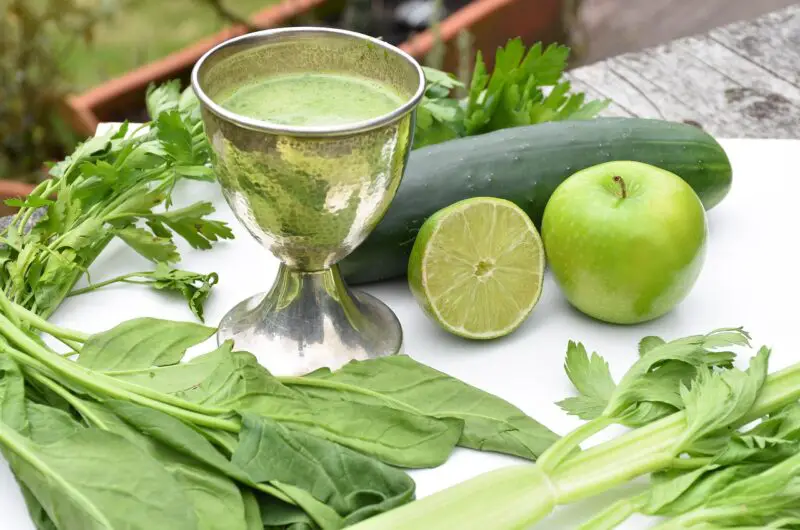






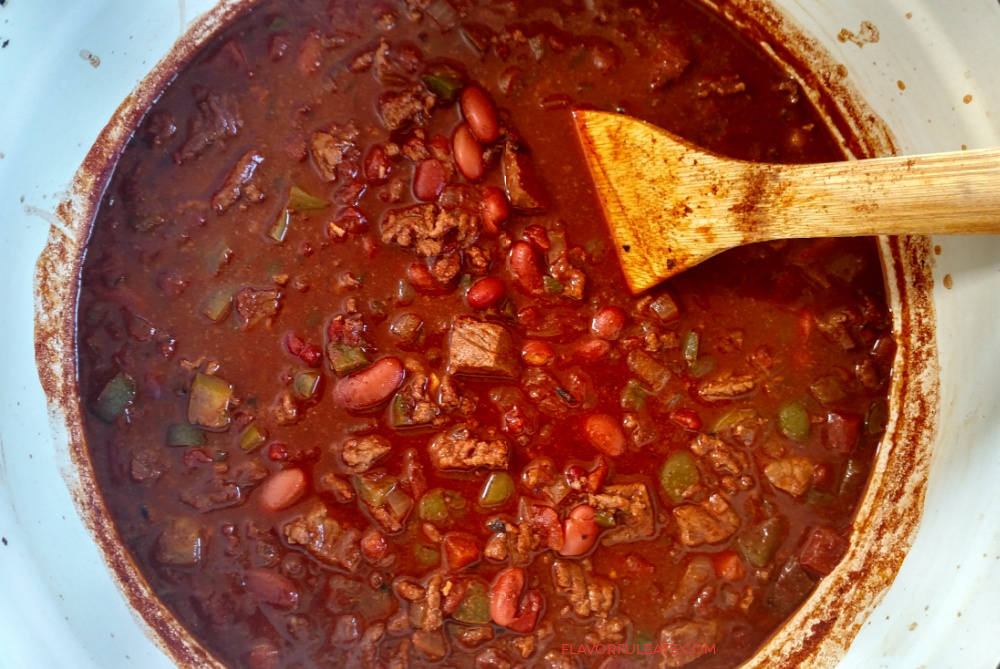

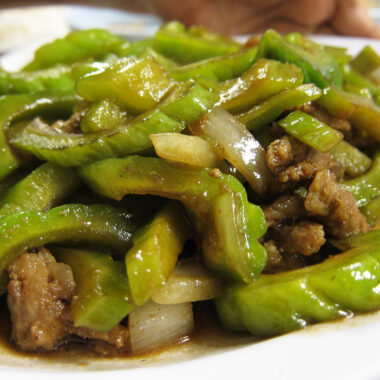



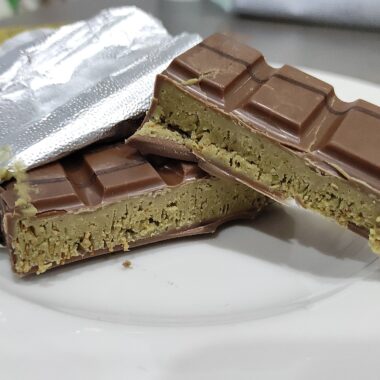
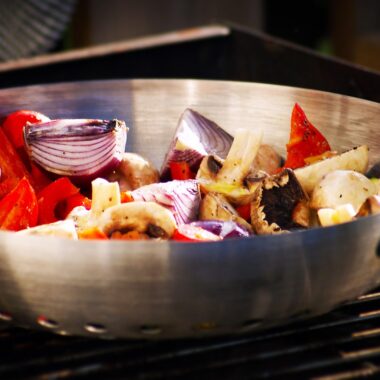




Well done !!! And, thank you !!